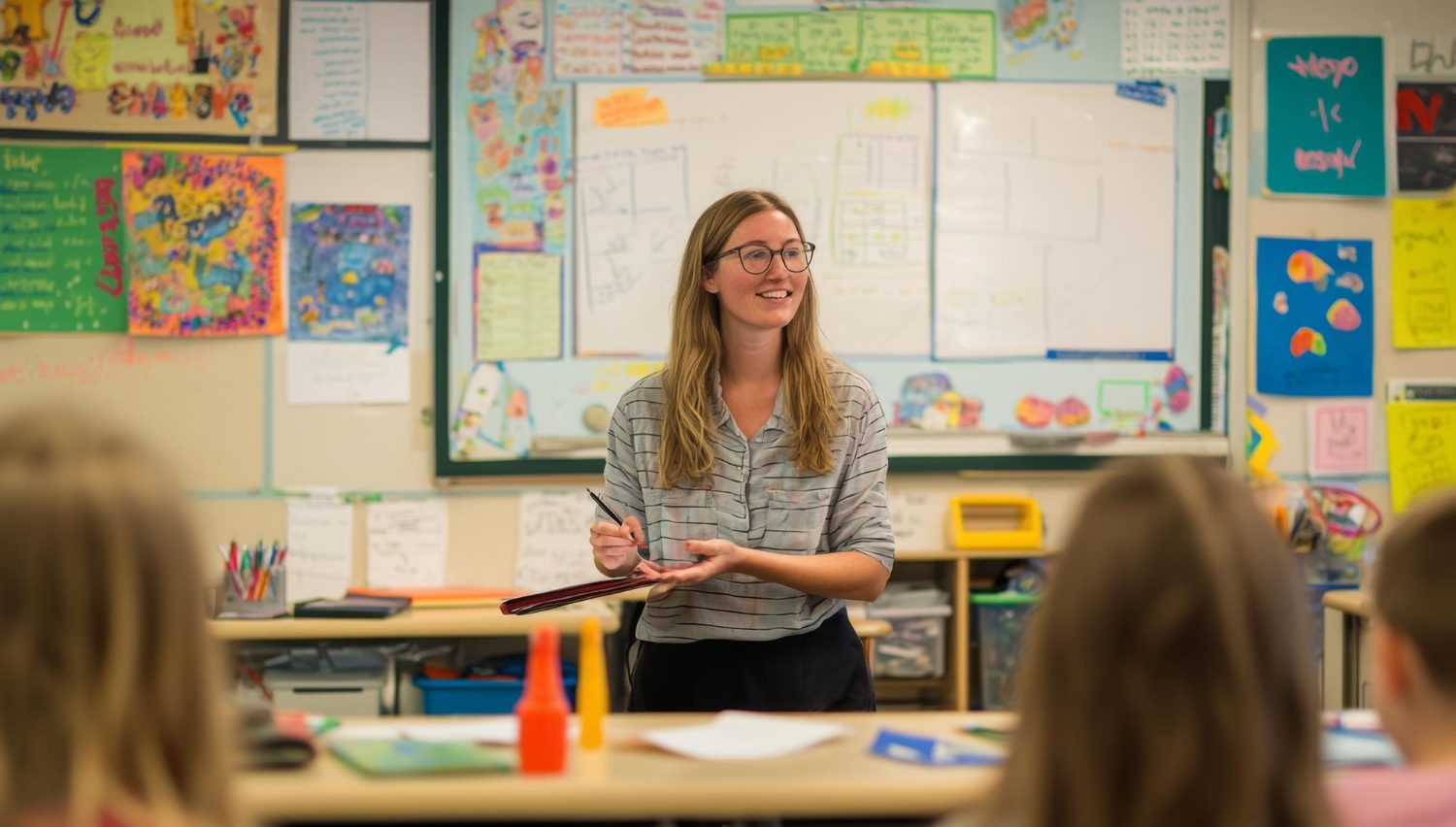Thinking about becoming a teacher? Teaching is one of the most rewarding professions, but it’s not as simple as just walking into a classroom. There are a few key qualifications and steps you need to tick off your list before you can inspire the next generation.
Whether you’re just finishing with your studies, switching careers, or already in the education field, we’re here to break it down for you.
So, what qualifications do you need to become a teacher?










